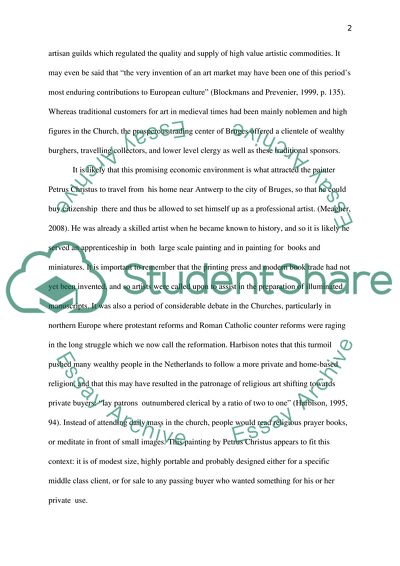Cite this document
(The Lamentation by Petrus Christus Research Paper, n.d.)
The Lamentation by Petrus Christus Research Paper. Retrieved from https://studentshare.org/visual-arts-film-studies/1741149-work-of-art-viewed-at-a-museum-the-lamentation-painted-by-petrus-christus
The Lamentation by Petrus Christus Research Paper. Retrieved from https://studentshare.org/visual-arts-film-studies/1741149-work-of-art-viewed-at-a-museum-the-lamentation-painted-by-petrus-christus
(The Lamentation by Petrus Christus Research Paper)
The Lamentation by Petrus Christus Research Paper. https://studentshare.org/visual-arts-film-studies/1741149-work-of-art-viewed-at-a-museum-the-lamentation-painted-by-petrus-christus.
The Lamentation by Petrus Christus Research Paper. https://studentshare.org/visual-arts-film-studies/1741149-work-of-art-viewed-at-a-museum-the-lamentation-painted-by-petrus-christus.
“The Lamentation by Petrus Christus Research Paper”, n.d. https://studentshare.org/visual-arts-film-studies/1741149-work-of-art-viewed-at-a-museum-the-lamentation-painted-by-petrus-christus.


